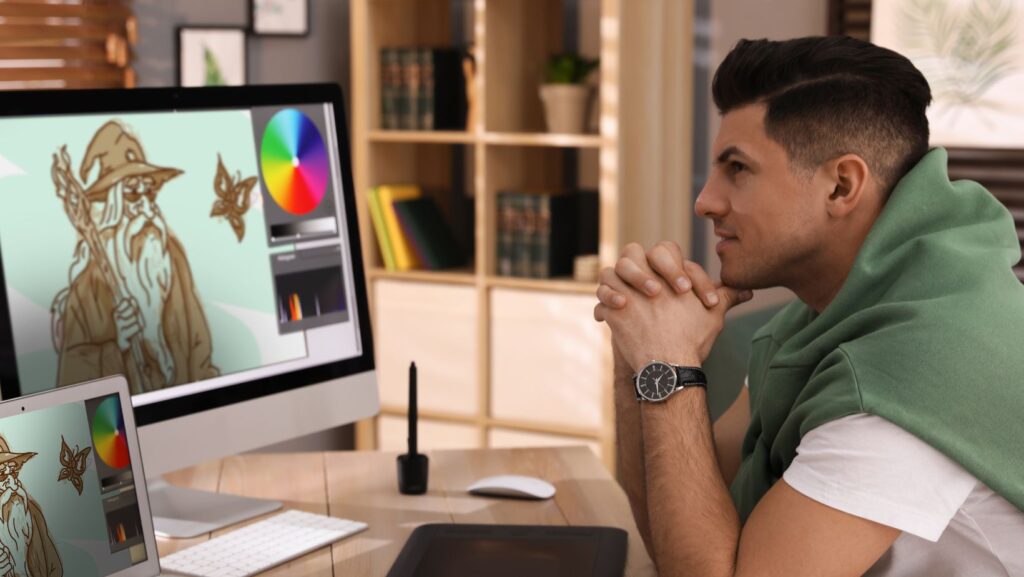Technology has revolutionized the fashion industry, and one of the most exciting advancements in recent years has been the emergence of 3D fashion design software. These tools have provided designers with the means to visualize garments in a whole new dimension, allowing for greater creativity and efficiency in the design process. Let’s delve into the world of 3D fashion design software and explore how it is shaping the future of fashion.
What is 3D Fashion Design Software?
3D fashion design software is a specialized tool that enables designers to create virtual clothing and apparel in a three-dimensional space. This software allows users to manipulate digital garments on customizable avatars, providing a realistic visualization of how the final product will look.
Benefits of Using 3D Fashion Design Software
One of the key benefits of using 3D fashion design software is the ability to streamline the design process. Designers can create and iterate on designs more quickly in a digital environment, reducing the need for physical samples and saving time and resources. Additionally, these tools allow for the creation of photorealistic 3D scans of apparel, enhancing the visualization of garments before they are produced.
Popular 3D Fashion Design Software Options
Some popular 3D fashion design software options include Browzwear, Clo3D, and Marvelous Designer. These tools offer a range of features specifically tailored to the needs of fashion designers, from seamless integration with design workflows to realistic cloth simulation capabilities.
How Does 3D Rendering Enhance Fashion Design?
3D rendering plays a crucial role in enhancing the visual appeal of fashion designs. By creating realistic and detailed 3D images of garments, designers can showcase their creations in a more compelling way, helping to attract customers and drive sales.
Advantages of Using 3D Rendering in Fashion Design
The advantages of using 3D rendering in fashion design are numerous. From the ability to visualize garments from multiple angles to creating photorealistic images for marketing materials, 3D rendering elevates the presentation of fashion products and enhances the overall design process.
Techniques for Photorealistic 3D Rendering
To achieve photorealistic 3D rendering, designers can utilize advanced rendering techniques such as texture mapping, lighting effects, and high-resolution image rendering.

These techniques help to create stunning visual representations of garments that closely resemble physical products.
What Role Does Animation Play in 3D Fashion Apparel?
Animation is a dynamic tool in fashion design that brings garments to life. By incorporating animations into fashion products, designers can create engaging visuals that showcase the movement and versatility of the apparel, capturing the attention of consumers.
Creating Engaging Animations For Fashion Products
Designers can create engaging animations for fashion products by focusing on elements such as cloth movement, garment interactions, and innovative visual effects. These animations can be used in marketing materials, e-commerce platforms, and fashion shows to enhance the presentation of the garments.
Real-Time Animation Tools For The Fashion Industry
Real-time animation tools have become increasingly popular in the fashion industry, allowing designers to preview animations instantly and make adjustments on the fly. These tools enable designers to experiment with different animation styles and effects without the need for extensive rendering times.
How can 3D Simulation Benefit Garment Design?
3D simulation technology offers designers the ability to simulate garment prototypes in a virtual environment, allowing for realistic cloth movement and draping simulations. By utilizing simulation software, designers can refine their designs, test different materials, and optimize the fit and functionality of garments.
Simulation Software for Realistic Cloth Movement
Simulation software provides designers with tools to simulate realistic cloth movement, enabling them to preview how garments will behave in real-world scenarios.

This technology helps designers identify potential issues early in the design process and make necessary adjustments to enhance the overall quality of the product.
Enhancing Product Design With Simulation Technology
Simulation technology plays a crucial role in enhancing product design by providing designers with insights into how garments will look and function in different environments. By leveraging simulation tools, designers can create more functional, comfortable, and visually appealing garments that meet the needs of consumers.



